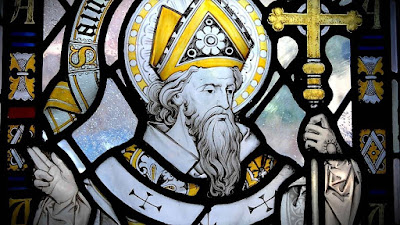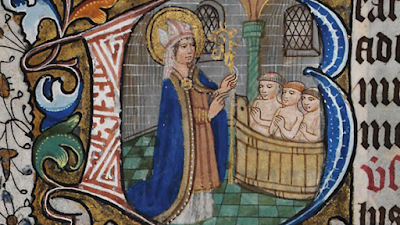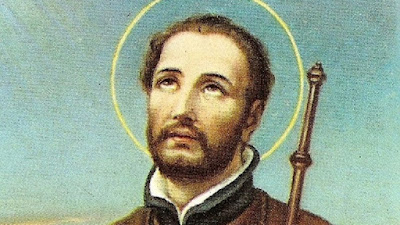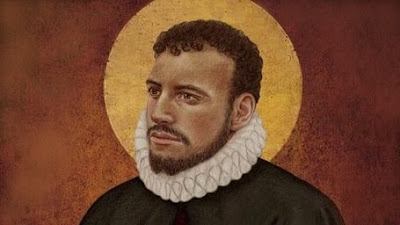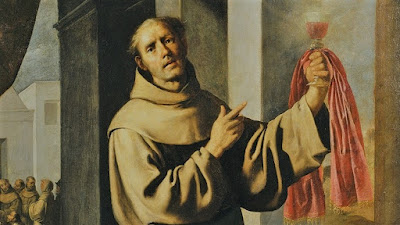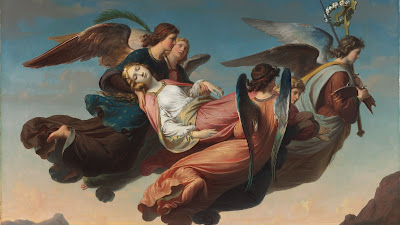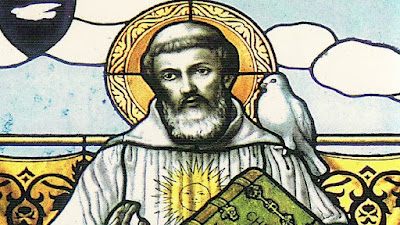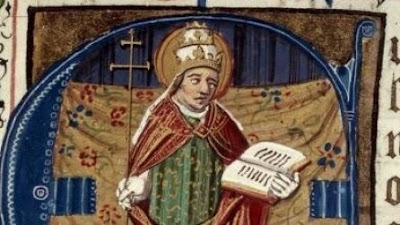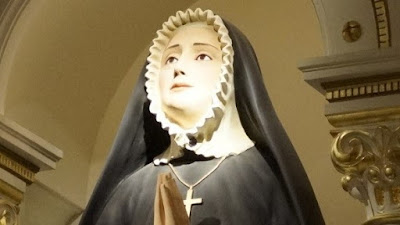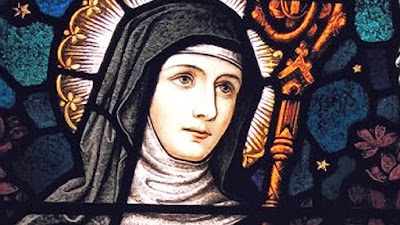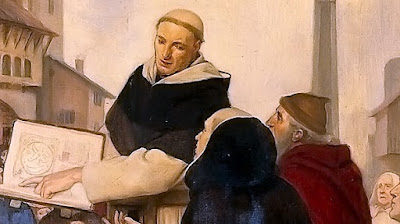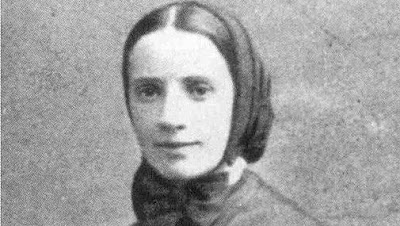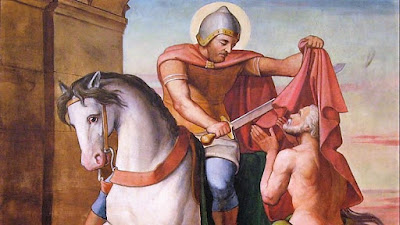St. John of the Cross, Patron of Mystics
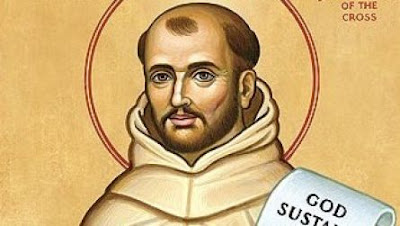
Memorial - December 14th "How gently and lovingly You wake in my heart, Where in secret You dwell alone; And in Your sweet breathing, Filled with good and glory, How tenderly You swell my heart with love." At first glance, you might think that the lines of poetry quoted above were the work of one of the great English Romantic poets, like Wordsworth or Keats; if so, it may come as a surprise that this beautiful verse was actually written by an ascetic Carmelite. "The Living Flame of Love," from which this stanza was taken, was composed by one of the great mystics and doctors of the Church, St. John of the Cross, and expresses "the soul in the intimate communication of loving union with God." St. John of the Cross was born into poverty in Spain in 1541. After the death of his father, John’s widowed mother struggled to keep her family together despite homelessness and destitution. At the age of 14, John went to work in a hospital,
